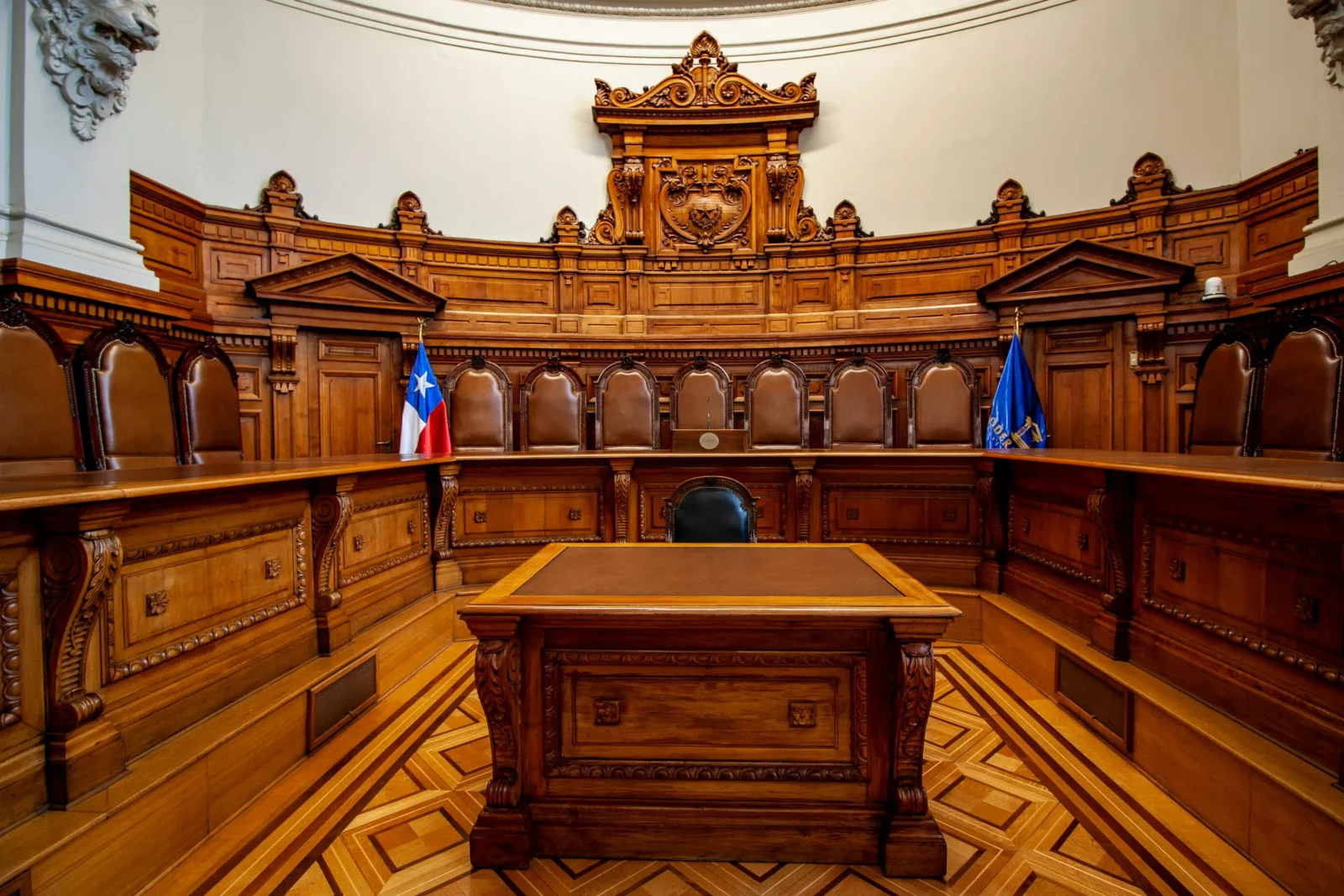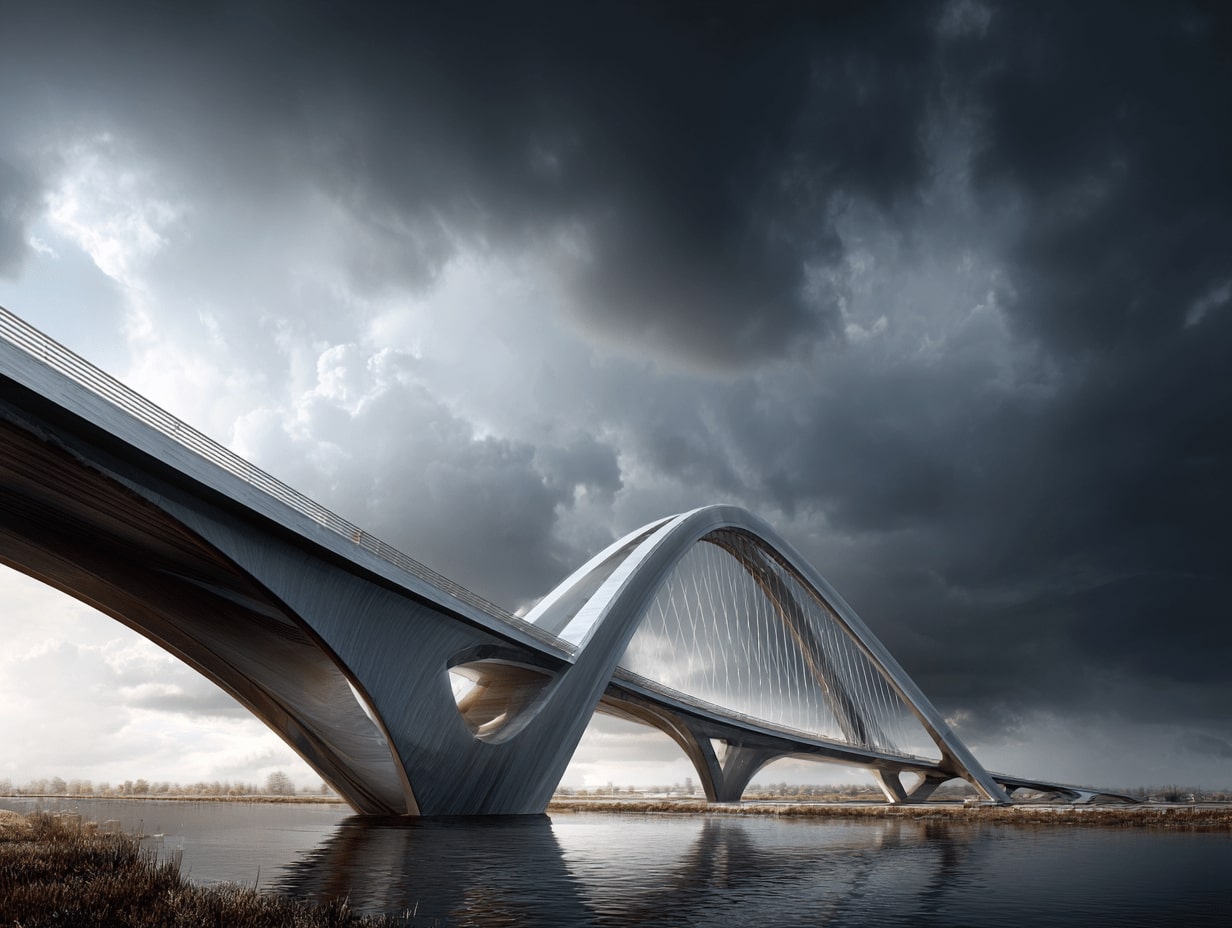- Home
- Articles
- Architectural Portfolio
- Architectral Presentation
- Inspirational Stories
- Architecture News
- Visualization
- BIM Industry
- Facade Design
- Parametric Design
- Career
- Landscape Architecture
- Construction
- Artificial Intelligence
- Sketching
- Design Softwares
- Diagrams
- Writing
- Architectural Tips
- Sustainability
- Courses
- Concept
- Technology
- History & Heritage
- Future of Architecture
- Guides & How-To
- Art & Culture
- Projects
- Interior Design
- Competitions
- Jobs
- Store
- Tools
- More
- Home
- Articles
- Architectural Portfolio
- Architectral Presentation
- Inspirational Stories
- Architecture News
- Visualization
- BIM Industry
- Facade Design
- Parametric Design
- Career
- Landscape Architecture
- Construction
- Artificial Intelligence
- Sketching
- Design Softwares
- Diagrams
- Writing
- Architectural Tips
- Sustainability
- Courses
- Concept
- Technology
- History & Heritage
- Future of Architecture
- Guides & How-To
- Art & Culture
- Projects
- Interior Design
- Competitions
- Jobs
- Store
- Tools
- More
Frank Gehry’s Tech-Driven Vision: Shaping the Future of Architecture Through Innovation
Explore how Frank Gehry revolutionized architecture by merging technology with artistry. Discover his innovative use of digital blueprints, CATIA software, and parametric design to create iconic structures like the Guggenheim Museum Bilbao and Walt Disney Concert Hall.

Architecture has always been a blend of art and functionality, but Frank Gehry has taken it to a whole new level by embracing technology like no one else. His groundbreaking use of digital blueprints has revolutionized how we design and build, turning bold, imaginative concepts into reality. Gehry’s work challenges traditional methods, proving that technology isn’t just a tool—it’s a creative partner.
With his innovative approach, Gehry has redefined architectural possibilities. By leveraging advanced software, he transforms fluid, sculptural designs into precise, buildable structures. This seamless integration of technology and artistry has set a new standard, inspiring architects worldwide to rethink what’s achievable. His visionary techniques show us that the future of architecture lies in the synergy between human creativity and digital innovation.

Table of Contents
ToggleWho Is Frank Gehry?
Frank Gehry is a globally renowned architect known for his groundbreaking designs and innovative use of technology in architecture. Born on February 28, 1929, in Toronto, Canada, Gehry became a U.S. citizen in 1959. His work captures the intersection of artistry and functionality, making him one of the most influential figures in contemporary design.
Gehry gained recognition for creating structures that defy conventional architectural forms. Iconic works such as the Guggenheim Museum in Bilbao and the Walt Disney Concert Hall in Los Angeles illustrate his approach to fluid, sculptural buildings. He often uses materials like titanium and stainless steel to achieve dynamic, futuristic aesthetics.
His pioneering use of technology, especially digital design tools like CATIA-based software, sets him apart. Digital modeling enabled Gehry to envision and construct complex, non-linear shapes that traditional methods couldn’t support. This integration of technology reshaped not only his practice but also the entire architecture industry.

Gehry’s Technological Advancement
Frank Gehry redefined architectural practices by adopting digital tools that were originally crafted for other industries. His pioneering work with technology reshaped design possibilities and construction methodologies.
Aerospace Technology In Architecture
In the late 1980s, Gehry’s studio adopted CATIA, a software originally created for aerospace engineering. This transformed architectural design by enabling the realization of complex geometries that were previously unattainable. Through precise manipulation of material behaviors and construction workflows, Gehry utilized CATIA to explore curvilinear forms with unmatched accuracy, marking a groundbreaking moment in digital architecture.
Guggenheim Museum Bilbao: A Technological Marvel
The Guggenheim Museum Bilbao, completed in 1997, showcases Gehry’s mastery of technology. Its titanium façade, inspired by the dynamic motion of fish, required unprecedented precision in both design and execution. CATIA facilitated the generation and fabrication of intricate panels that shaped the building’s fluid structure. This project demonstrated how digital tools could revolutionize architectural capabilities, paving the way for more innovations in complex architectural forms.
Walt Disney Concert Hall: The Fusion Of Form And Function
The Walt Disney Concert Hall, completed in 2003, exemplifies Gehry’s technological prowess. Its stainless steel exterior captivates with its bold curves, while the interior features acoustic innovations that enhance the auditory experience. Using CATIA, Gehry and his team optimized both the building’s aesthetics and functionality. The resulting design harmonized artistic expression with practical performance, reflecting Gehry’s ability to push technological boundaries while prioritizing user experience.

Cutting-Edge Parametric Thinking Before Its Time
Frank Gehry’s architectural innovations highlight his skillful use of parametric design principles before they became widespread. By adopting advanced digital tools, he redefined how we perceive and execute complex forms, bridging imagination and functionality in architecture.
Louis Vuitton Foundation: Glass Sails And Parametric Elegance
Completed in 2014, the Louis Vuitton Foundation in Paris reflects Gehry’s mastery of parametric design. The structure’s 12 glass sails, appearing to float effortlessly, were precision-modeled with CATIA software. This technology allowed us to analyze interactions between light, materials, and structure, achieving both aesthetic impact and structural reliability. Gehry’s approach demonstrates how parametric tools can seamlessly unify artistic creativity and engineering rigor.
MIT’s Ray And Maria Stata Center: Architectural Whimsy
The Ray and Maria Stata Center at MIT, completed in 2004, embodies Gehry’s inventive creativity. Its irregular geometries and unconventional facades challenge traditional academic architecture. CATIA enabled us to translate Gehry’s vision into detailed construction plans, making these complex forms a reality. The building introduced a more dynamic, human-centered perspective to educational spaces, showing how technology can support innovative, functional design.
Influence On Modern Parametric And Computational Design
Frank Gehry’s integration of technology has reshaped parametric and computational design, influencing architects worldwide. His adoption of CATIA, initially intended for the aerospace industry, enabled architects to address complex geometries with unprecedented precision. This shift allowed for iterative design processes where parameters could be adjusted efficiently, creating fluid, organic forms that challenge standard architectural conventions.
We see Gehry’s influence in the growing reliance on algorithmic design tools like Grasshopper and Rhino, which aid in exploring non-linear forms. His early mastery of computational workflows demonstrated how technology could bridge the gap between conceptual creativity and construction feasibility. For example, Gehry’s parametric use in projects such as the Fondation Louis Vuitton laid the groundwork for integrating real-time design adjustments with structural analysis.
Contemporary practices leveraging Gehry’s principles include responsive facades and adaptable structural systems. These advancements reflect Gehry’s vision of architecture as a dynamic interaction of materials, space, and digital inputs. His advocacy for digital design innovation continues inspiring adaptive methodologies in urban planning and high-performance building systems.

Gehry’s Masterpieces: Evidence Of Innovation
Gehry’s masterpieces stand as iconic examples of innovation in architecture, showcasing groundbreaking designs enabled by digital tools. The Guggenheim Museum in Bilbao, completed in 1997, serves as a landmark in architectural history. Its titanium-clad exterior, designed with CATIA software, features fluid and irregular forms that push engineering boundaries. This combination of advanced technology and creative vision revolutionized architectural aesthetics, attracting global acclaim.
The Walt Disney Concert Hall in Los Angeles, finished in 2003, exemplifies Gehry’s ability to merge technology with functional design. Using a stainless steel façade to achieve undulating forms, Gehry relied on digital precision to ensure structural integrity and visual harmony. The concert hall’s acoustics, designed with computational techniques, offer unparalleled sound quality, reaffirming the interplay between form and performance.
The Louis Vuitton Foundation in Paris, completed in 2014, highlights Gehry’s expertise in parametric design. Its 12 glass sails, appearing to float above the structure, were digitally modeled to simulate material behaviors and light diffusion. CATIA software enabled precise calculations of forces and connections, translating complex visual concepts into a functional structure. This design demonstrates how Gehry reimagined architectural transparency and material innovation.
The Ray and Maria Stata Center at MIT, completed in 2004, represents Gehry’s experimental approach to academic buildings. With irregular shapes, tilted walls, and eclectic materials, the structure challenges traditional notions of educational spaces. Gehry used parametric modeling to achieve the complex geometry while ensuring practicality for academic use. The center underscores the role of digital tools in turning unconventional visions into functional realities.
Gehry’s architectural achievements illustrate the potential of digital technology in creating transformative designs. His pioneering projects continue to redefine what’s possible in modern architecture, blending creativity with technical precision.
- advanced architectural design
- Architectural Innovation
- Architectural Technology
- architecture and technology integration
- architecture innovation strategies
- architecture technology company
- Contemporary Architecture
- cutting-edge architecture practices
- digital architecture solutions
- Frank Gehry Architecture
- Future of Architecture
- Iconic architects
- Innovative Architecture
- modern architecture designs
- sustainable architecture
- tech-driven architecture
- Technology in Architecture
- visionary architecture firms
Submit your architectural projects
Follow these steps for submission your project. Submission FormLatest Posts
Common Disputes Handled by Estate Litigation Lawyers
According to the 2025 issue of the American Bar Association’s “Probate &...
Modern Japanese Architecture: Tradition Rewired for the Present
Modern Japanese architecture explained: how tradition meets innovation in light, nature, materials,...
The Purpose of a Living Will and Why It Matters
A living will is without a doubt one of the most significant...
How Modern Bridges Balance Aesthetics and Engineering
How modern bridges balance aesthetics and engineering: explore form-driven systems, case studies,...












Leave a comment